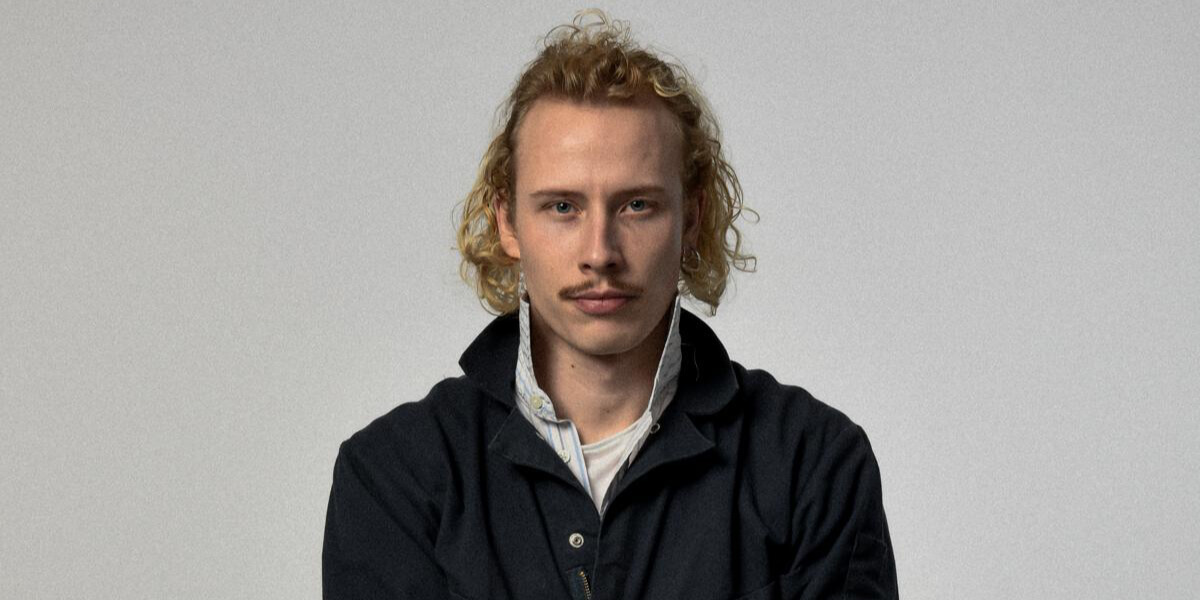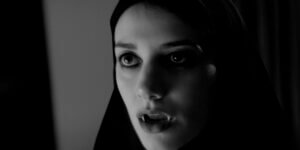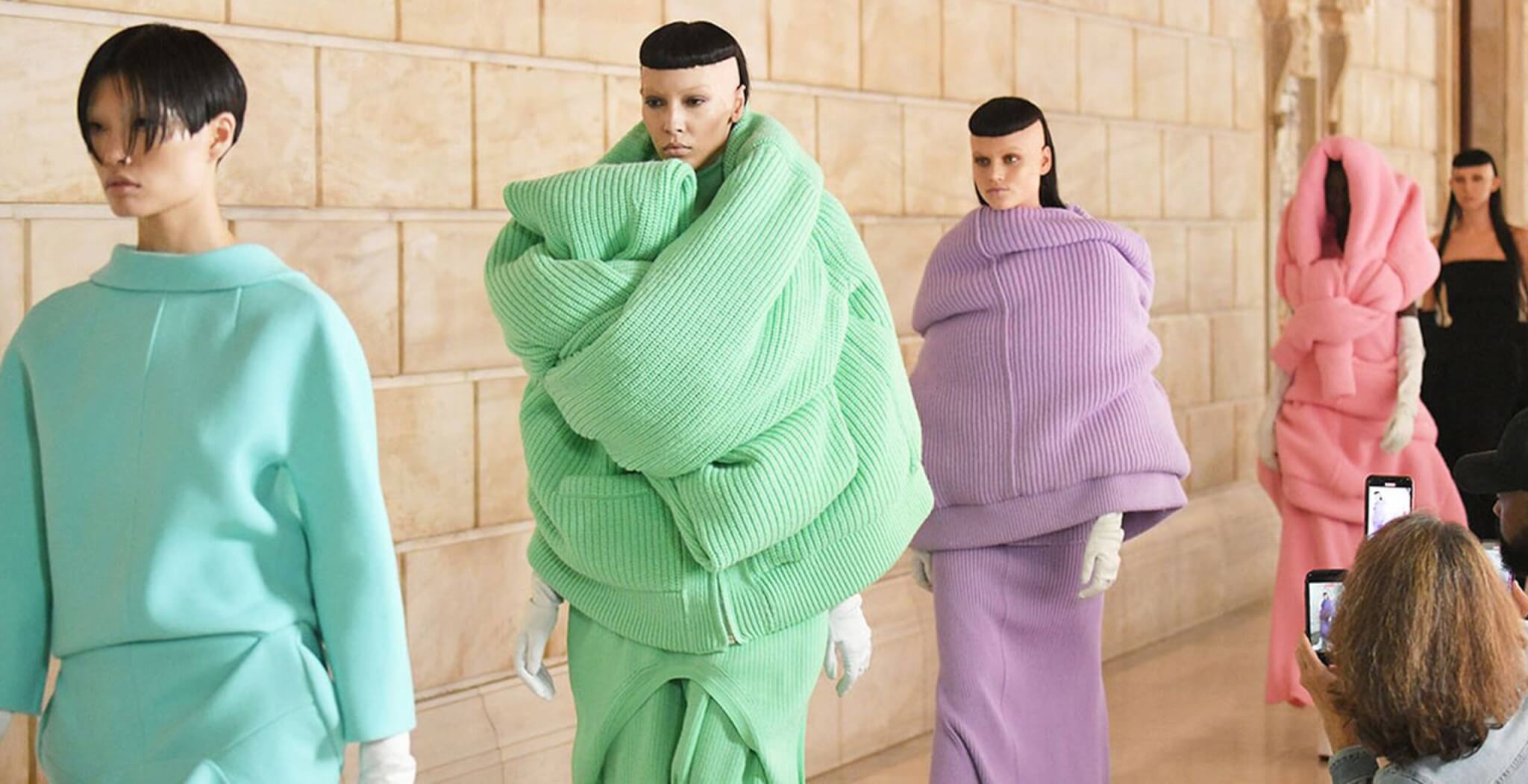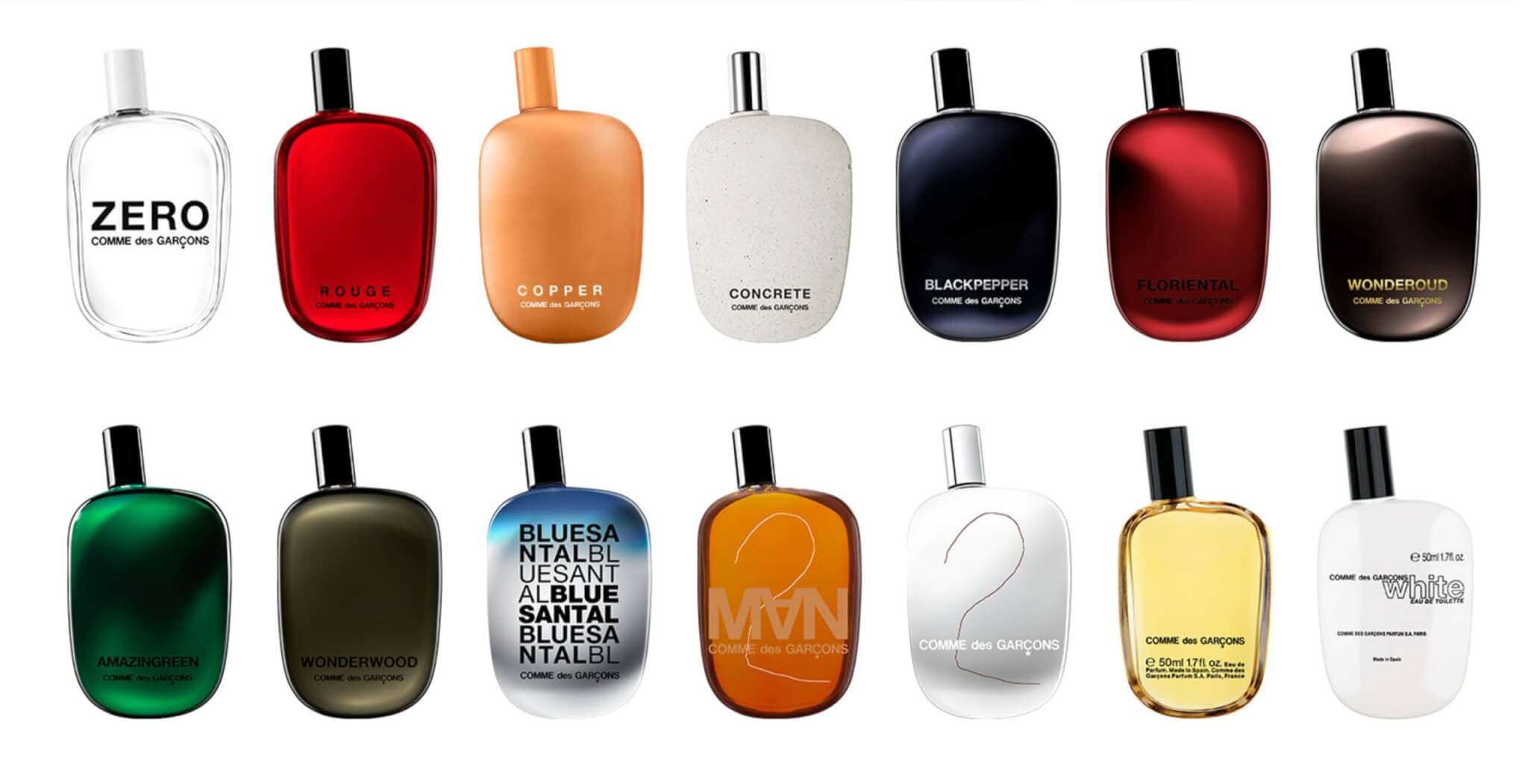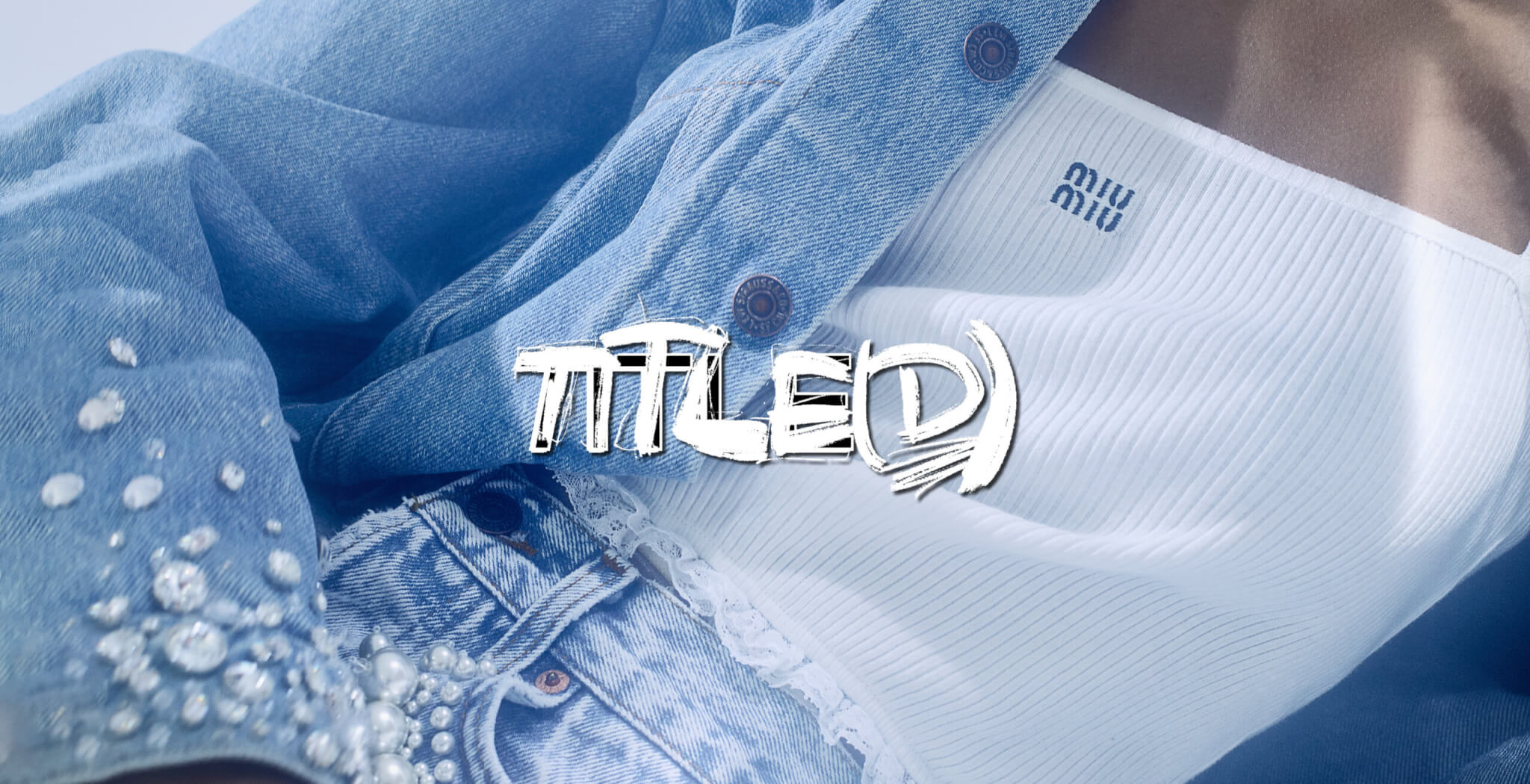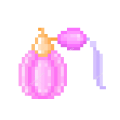In the final week leading up to Berlin Fashion Week, I met Laurin Schuler in his studio. You can literally hear the final preparations: the rhythmic snip of fabric scissors underscores the entire interview recording. To-do lists sprawl across surfaces, fabric rolls are stacked in corners, and pattern pieces scatter the workspace. Amid this creative chaos, glimpses of the lookbook and the show’s running order offer a preview of what’s to come. At the center of it all sits the designer behind it: Laurin Schuler, exuding an unexpected calm as he gears up for his third fashion show – and his first official presentation at Berlin Fashion Week.
Identity is multifaceted, and creative expression is becoming ever more interdisciplinary. Laurin Schuler’s upcoming collection, MULTIPLIANCY embodies this evolution. The collection’s title hints at its conceptual depth—a departure from traditional frameworks, bridging the realms of fashion and art.
The age-old question of whether fashion qualifies as art has been the subject of many discussions. Schuler’s work consistently transcends the boundary between these two spheres.
With your new collection MULTIPLIANCY, you challenge the conventions of fashion shows, provoking thought on how fashion and art intersect and influence one another.
Where does your interest in merging these two worlds come from?
What particularly interests me is the way in which fashion is presented.
The speed with which it is handled nowadays, especially in the context of presentation: how quickly something is presented and what that means for the entire concept. I want to question that.
The line between fashion and art has blurred over time, yet the two operate within distinct frameworks. Art aspires to timelessness and enduring significance, often independent of commercial success. In contrast, fashion thrives on impermanence and constant reinvention, driven by consumer trends and market demands.
While ideas may be timeless, their execution often becomes interchangeable. Schuler seeks to defy this norm, creating work that resists rapid obsolescence by placing it within a broader, more daring context.
„For me, timelessness means that something gains value the longer it exists – not in a financial sense, but in thought. It also creates an appreciation from me for the garment, but also for its idea and presentation.“
Do you think fashion, as it is commonly presented, receives enough appreciation?
That always depends on the type of fashion we’re talking about—I wouldn’t want to generalize. But broadly speaking, I think it’s hard for observers to truly appreciate fashion and the concepts behind it, especially when there’s such an overwhelming abundance of clothing being presented in such a short time.
It all goes back to the form of presentation. What is your idea behind the presentation of MULTIPLIANCY?
The concept is to unite art and fashion, creating a space that speaks to a wider audience. We incorporate various media—music, lighting, and staging—to offer new perspectives.
The result is a cohesive, immersive environment where art, clothing, music, and light blend seamlessly. Every element reflects the essence of the collection, whether it’s in the textiles, the way models walk, or the interplay of light and sound.
While fashion is traditionally tied to the human body, art can exist independently. How do these elements merge in your presentations?
The environment plays a crucial role. Galleries are often static, with their white walls and stillness, while fashion thrives on movement and dynamism. By merging these two worlds, I aim to create a presentation that feels at home in either setting, where the space itself becomes an integral part of the experience.
Another important part of the collection are the textile works – photographs on tulle, created in collaboration with the photographer Anton Röntz. Traditionally, photography captures fashion. In this collection, however, the relationship is reversed, with photographs featured as part of the garments themselves.
This idea came from exploring the intricacies of tulle as a material and developing a technique that layers photographs onto textiles. It’s also about understanding each other’s craft—what Anton needs for a great photograph and how it translates onto clothing. The result is a symbiosis, an overlap of two artistic worlds.
How does a photograph on tulle differ from a classic oil painting?
What’s interesting to me is that this photograph ends up sharing qualities with a classic oil painting. It has texture, vibrant colors that create depth, and is on textile, but with an added dimension of movement – connecting it to the idea of wearable fashion.
Is MULTIPLIANCY an attempt to bring art out of museums and into the world?
I’ve thought a lot about how we interact with art in galleries—why we find something beautiful and want to own it.
You would find a piece of clothing more interesting if you could wear it yourself – with a work of art, simply looking at it is usually enough. I asked myself, how can you appreciate silhouettes if they are not worn or if you only see them once on the runway?
How can a concept be translated into clothes to be understood in such a way that you might even want to own the idea? Without them hanging in the closet, but allowing them to exist as such.
Have you found an answer to this question?
The first step is creating a memorable experience. For me, memory is central to how we connect with art and fashion. What matters most is how people feel when they leave the presentation—hopefully, they leave with a deeper appreciation for the fusion of art forms.
Many runway shows today are designed to create a viral moment. Is MULTIPLIANCY an act of rebellion against this trend?
No. I think it’s simply about exploring the collection’s ideas in a precise, intentional way. The presentation is tailored to the concept, focusing on depth rather than fleeting impact.
What is the ultimate message you hope to convey with the collection?
It’s not about individual pieces or moments but more about the overall sensory experience and the emotions it evokes. In the end, it doesn’t matter which details you choose to remember, because everything has contributed to it.
Regardless of how you define it, MULTIPLIANCY promises to be a compelling exploration of interdisciplinary creativity, where both worlds, fashion and art merge into a third, connected sphere.
The collection will debut on January 31st as part of Berlin Fashion Week.









